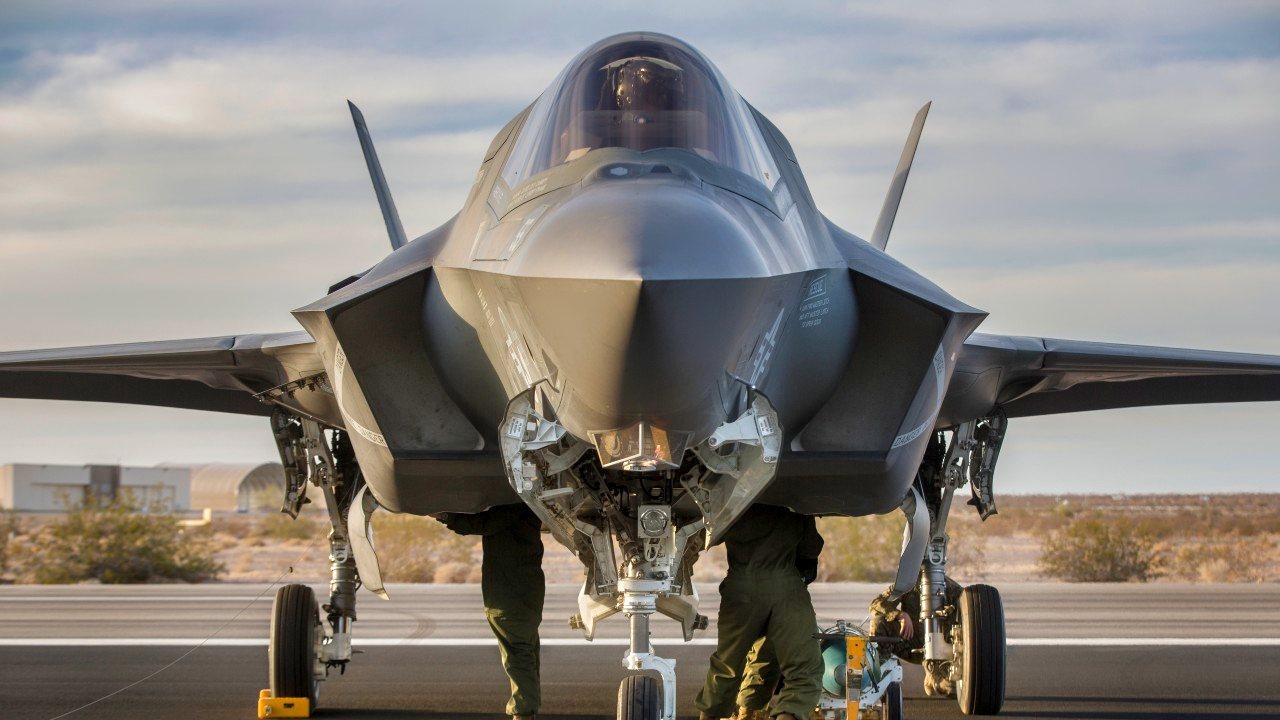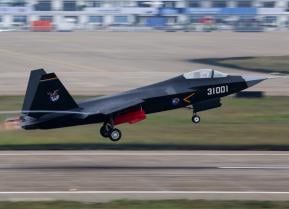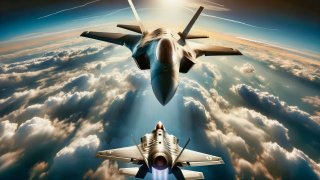China's Military Is Adding More and More Firepower By the Second
The balance of power between the two near-peer adversaries is getting closer by the day. However, the U.S. can rely on a robust network of alliances and partnerships to deter any aggression by China.
Despite the ongoing conflict in Ukraine, the Indo-Pacific remains the hottest area of operations in the world.
An ascending China is challenging the authority of the existing superpower, the United States, and the post-World War Two rules-based order that has guided geopolitics for nearly 80 years.
The 2022 National Security Strategy singled out the People’s Republic of China as the only near-peer competitor with both the goal and the capabilities to reshape the international order and upend the rules-based international system the U.S. pioneered at the end of World War Two.
Alarmingly, China uses a whole-of-nation approach to war that incorporates traditional and non-traditional policy tools in the economic, diplomatic, military, intelligence, and law enforcement, domains.
The balance of power between the two near-peer adversaries is getting closer by the day. However, the U.S. can rely on a robust network of alliances and partnerships to deter any aggression by Beijing.
China vs. America: Balance of Power in the Indo-Pacific
Let’s start with money. After all, it’s the green Dollar that moves defense policy. The more money a country can dedicate to national security, the more choices it can have—what it does with those choices is another matter.
The U.S. leads the way with a defense budget of $858 billion. This is by far the largest defense spending in the world.
China follows next with a defense budget estimated at around $290 billion. However, Beijing is secretive about how much it spends on defense, and the U.S. believes that the actual number might be closer to $700 billion and nearly on par with that of the U.S. If those estimates are accurate, the Chinese Communist Party is on an undeclared arms race.
Then comes Japan, with a budget of $48 billion. South Korea almost ties its neighbor with a defense spending of $43 billion. Down under, Australia comes strong with a considerable $33 billion budget. Finally, Taiwan, the center of attention, spends a little over $16 billion on its defense.
Combined, the U.S. allies and partners boast a defense budget of almost $1 trillion. (Alliances are part of the U.S. deterrence strategy across the world, and their usefulness is clear in this context.)
When it comes to military force, the U.S. bolsters more than 14,500 aircraft, 1,050 ships, and 9,300 artillery pieces. These numbers are estimates and represent complete capabilities—the numbers, for example, don’t account for other global needs the U.S. military might have.
China can field over 5,100 aircraft, 1,500 ships, and 26,000 artillery pieces.
South Korea bolsters more than 1,650 aircraft, 300 ships, and 7,100 artillery pieces. Japan is close with its neighbor, with over 1,450 aircraft, 550 ships, and 2,200 artillery pieces. Taiwan has an arsenal of close to 850 aircraft, 315 ships, and 3,050 artillery guns. Finally, Australia fields 430 aircraft, 75 ships, and 260 artillery pieces. In total, the U.S. and its allies can field over 18,600 aircraft, close to 2,300 surface combatants, submarines, and support ships, and almost 22,000 artillery pieces.

The above numbers don’t take into account many important aspects of warfare, such as intelligence, training, and strategy, but they can give a base level understanding of the balance of military power in the most important region of the world.
About the Author
Stavros Atlamazoglou is a seasoned defense journalist specializing in special operations and a Hellenic Army veteran (national service with the 575th Marine Battalion and Army HQ). He holds a BA from Johns Hopkins University and an MA from the Johns Hopkins School of Advanced International Studies (SAIS). His work has been featured in Business Insider, Sandboxx, and SOFREP. Email the author: [email protected].
Image Credits: Shutterstock.


